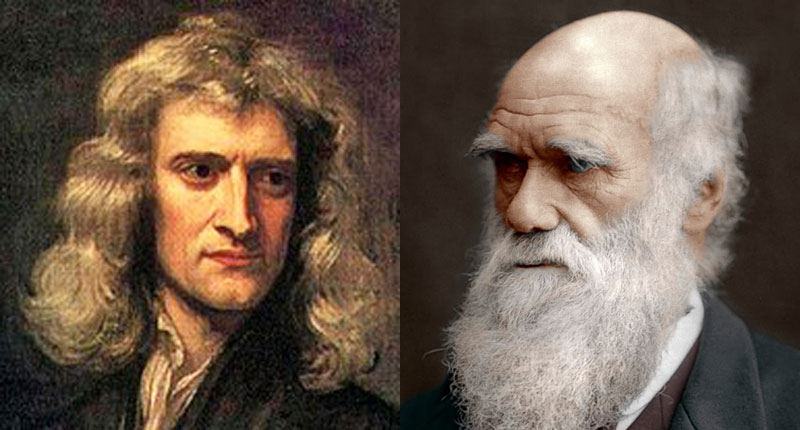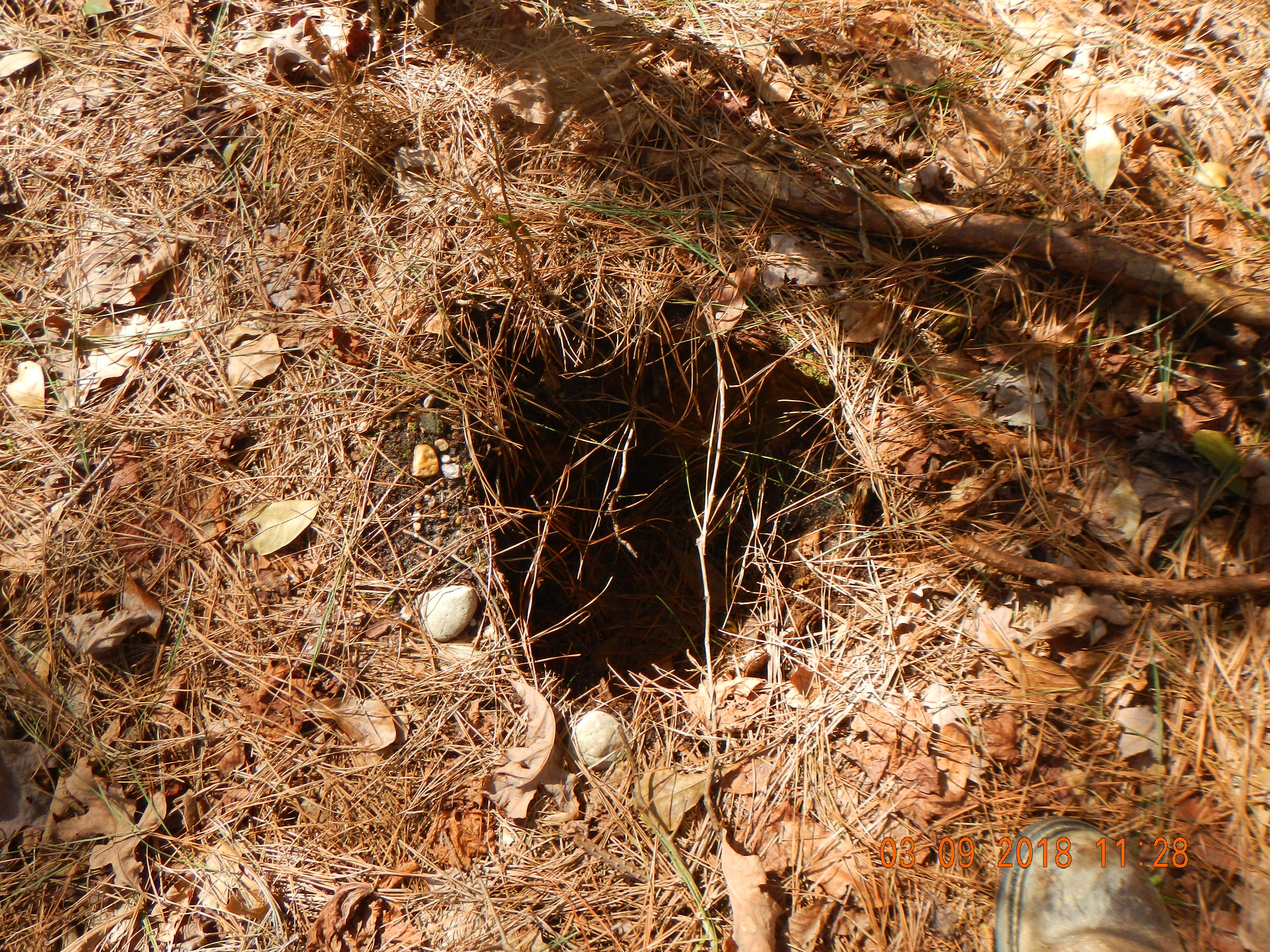More than one scholarly observer has remarked in the contrast between physics, characterized mostly by deterministic, hard-and-fast laws that operate the same way everywhere and always (at least the Newtonian physics that apply to Earth sciences) and biology. Biology is portrayed as being much more fluid and dynamic, in the sense that chance (e.g., mutations) and environmental adaptations play a major role. As Gregory Chaitin (2012; a mathematician, by the way, not a biologist) puts it, biota and evolution are creative, while physics is not. This tension is sometimes portrayed or exemplified as a Newtonian (as in Isaac Newton) vs. Darwinian (i.e., Charles Darwinian) outlook.

I have much love for both Newton (left) and Darwin, but have chosen to follow Darwin with respect to my hairstyle.
Of course, landscapes and environmental systems are strongly and profoundly influenced by biota, and also by chance and variability. Thus, even in hydrology, a field traditionally dominated by Newtonian physics/engineering perspectives, there have been numerous calls to develop a "Darwinian" hydrology or to integrate Darwinian and Newtonian approaches (e.g., Harman and Troch, 2014). Among other things, these proposals focus on the value of the Darwinian foci on variability, history, and multiple possible evolutionary pathways--All drums I have beat repeatedly over the years.
I am a strong proponent of the biotic role in Earth systems and the strong coupling and reciprocal interactions between biotic and abiotic phenomena. I also recognize the value of organic metaphors for understanding and explaining landscapes. However, I have always stopped short of viewing or presenting Earth surface systems as superorganisms or claiming that Darwinian natural selection applies directly to geosciences (though selection phenomena more generally are certainly applicable; see this post).
While I agree that the biota that live in and help shape landscapes are creative, can we legitimately argue that landscapes and Earth systems, as entities in and of themselves, are? That's what I will be exploring in (hopefully near) future posts.

Reciprocal interactions occur among biota, soils, and landforms, along with coevolution. But is there creativity at the scale of landscapes and Earth surface systems? (Stump hole in the Piedmont/Sandhills transition zone, Moore County, North Carolina)
-----------------------------------
Posted 2 May 2018
